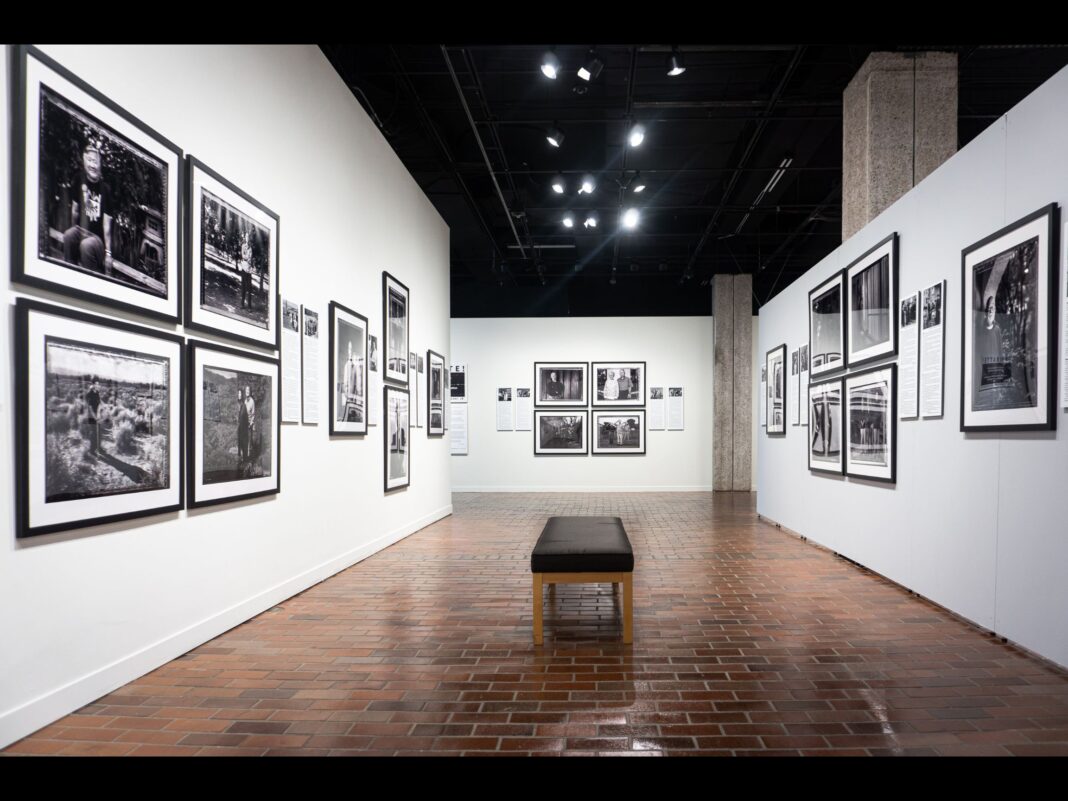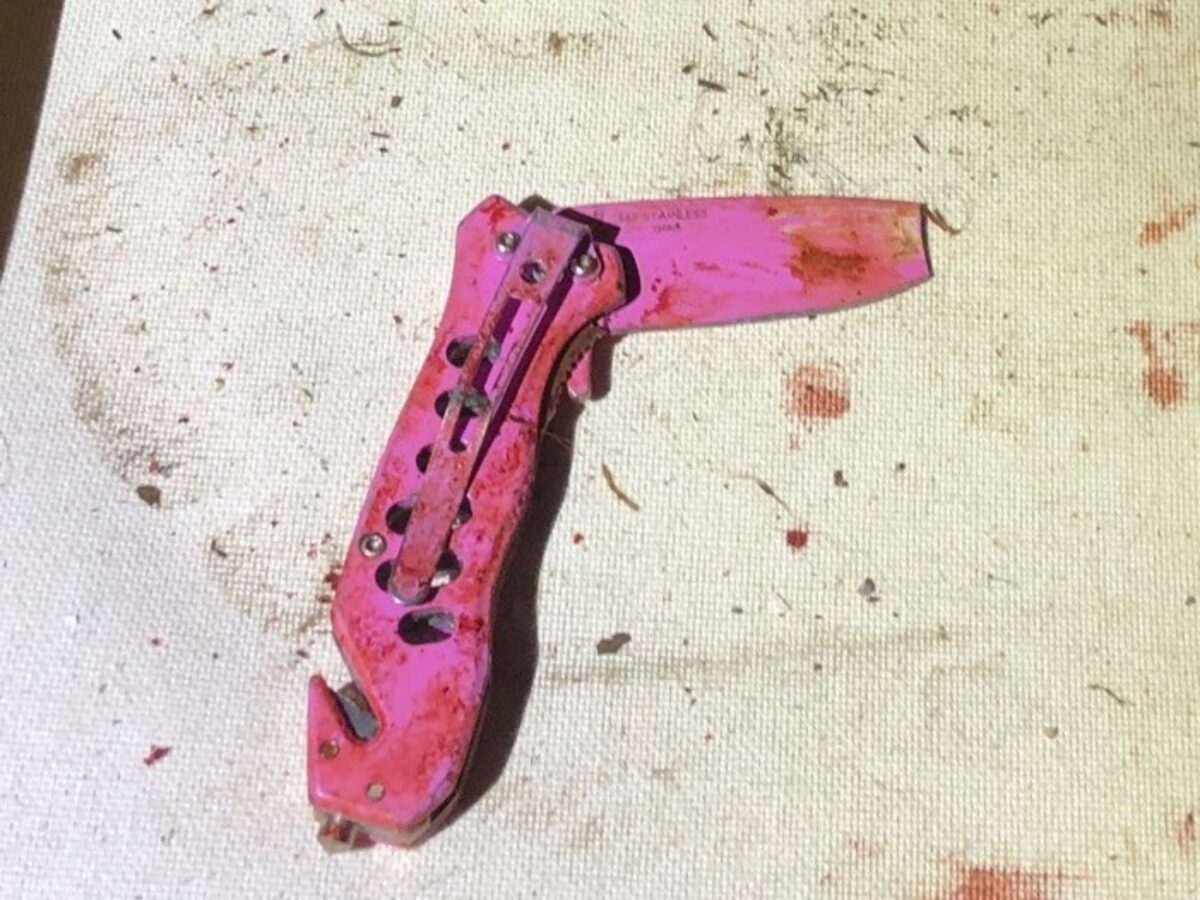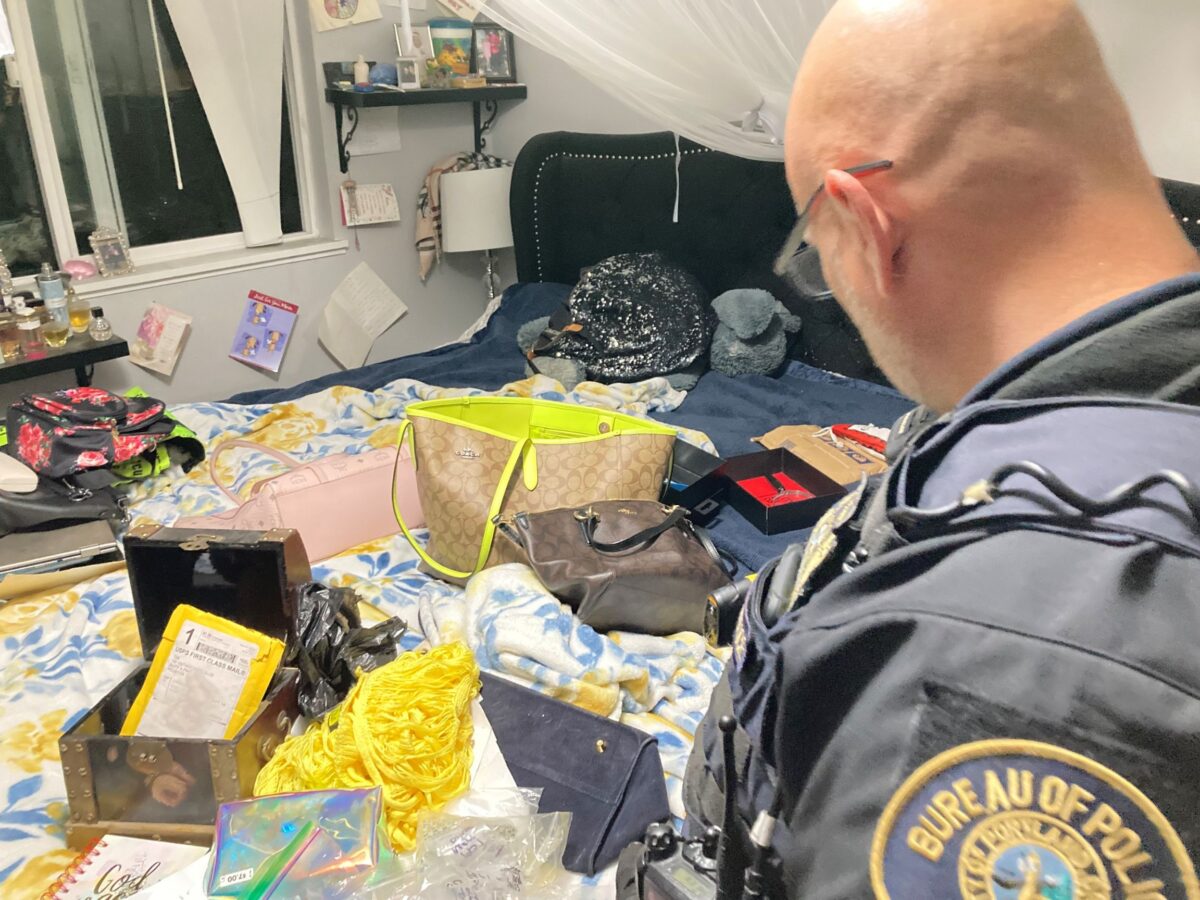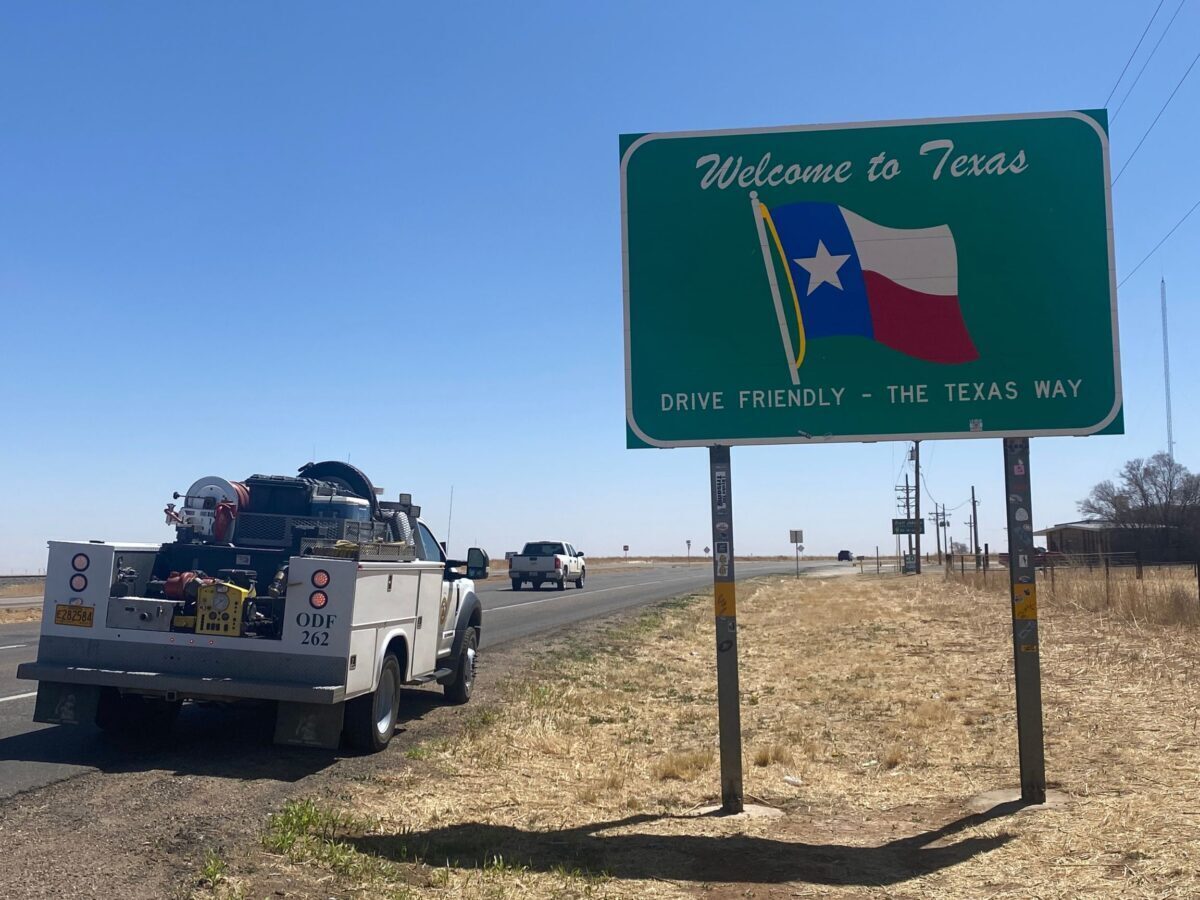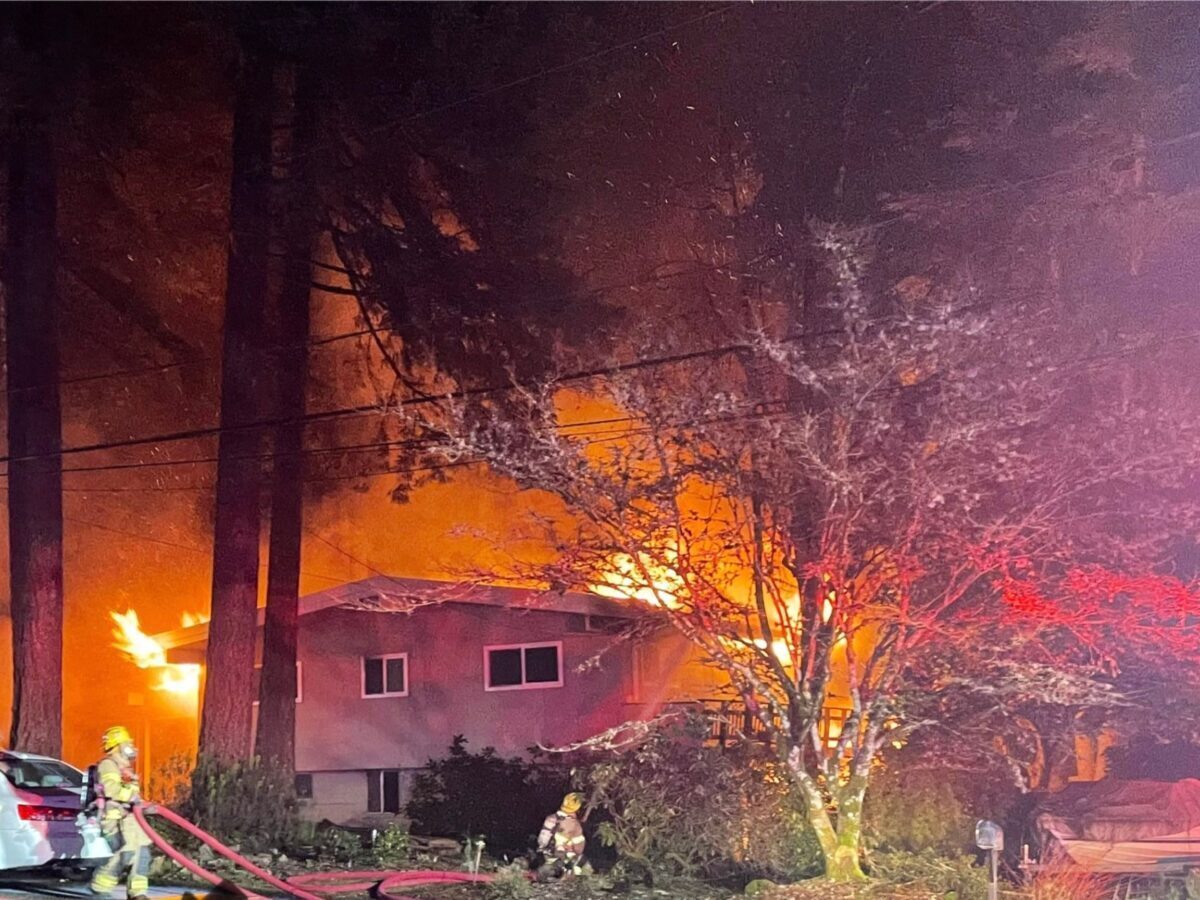When Paul Kitagaki, Jr., started his career as a photographer, his uncle told him about Dorothea Lange photographing their family while they were incarcerated in a camp during World War II. Several years later, Kitagaki searched for the photos. Once he found the originals, he realized every photo represents an untold story of Japanese American wartime incarceration. This realization inspired Kitagaki’s latest exhibition, Gambatte! Legacy of an Enduring Spirit, currently on view at the Oregon Historical Society in Portland through August 7.
On Friday, July 15, at 12pm, Kitagaki will present a public lecture and gallery tour of this powerful exhibition that documents personal experiences of survival through one of America’s darkest hours: when political leaders ignored the Constitution to seize the property of U.S. citizens, forcibly removed them from their homes, and incarcerated them in internment camps. This event is free and open to the public and will take place at the Oregon Historical Society in downtown Portland (1200 SW Park Avenue).
On February 19, 1942, with a frightened nation still reeling from Japan’s recent attack on Pearl Harbor, President Franklin D. Roosevelt issued Executive Order 9066, which led to the imprisonment of nearly 120,000 Japanese Americans during World War II. Inspired by the Japanese concept of gambatte — to triumph over adversity — this exhibition features modern and historical photographs to present an intimate exploration of the lasting effect that the forced incarceration of Japanese Americans during World War II had on the nation and its citizens.
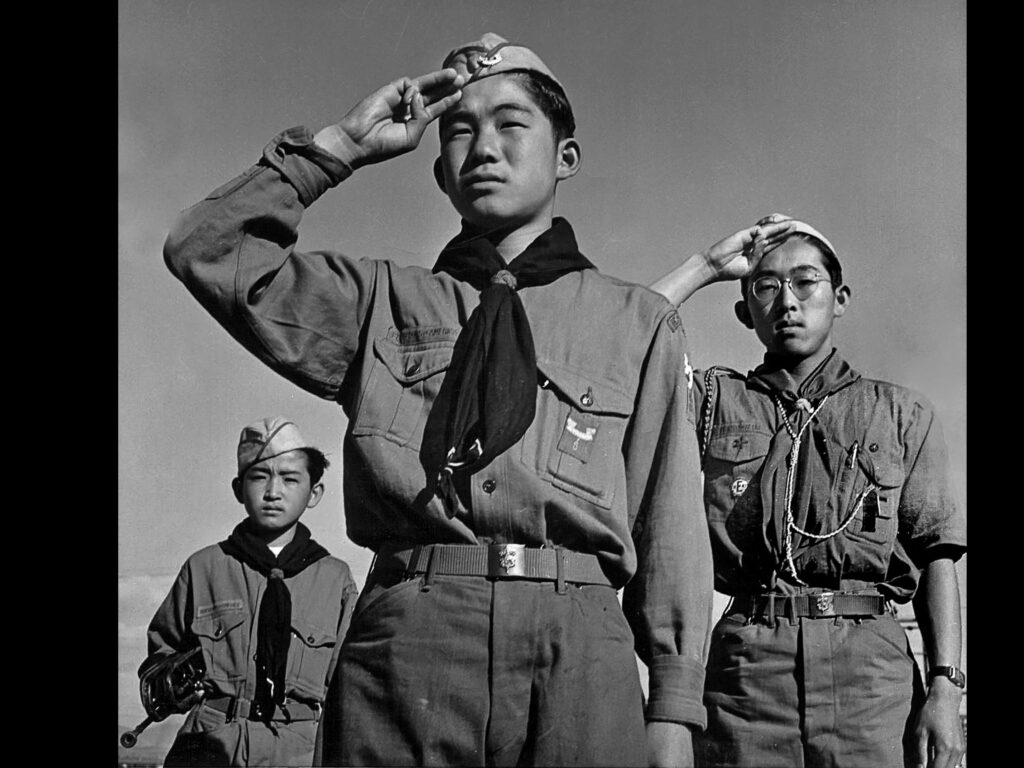
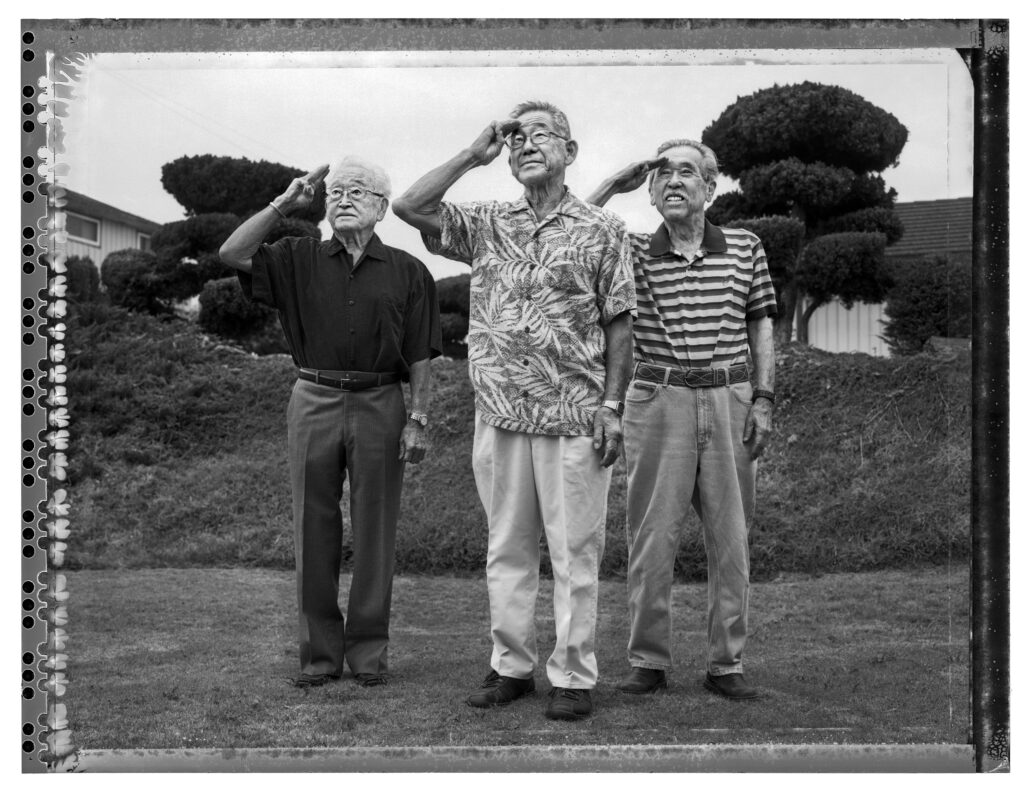
Kitagaki was aware that Japanese Americans have been hesitant — sometimes even ashamed — to talk about their experiences surviving wartime incarceration camps. But he also knew that those stories would be lost forever if he did not act. Through painstaking research, Kitagaki has spent more than 15 years locating and winning the trust of the families who lived through the camps, documenting their stories of survival and strength to overcome injustice, racism, and wartime hysteria.
Gambatte! Legacy of an Enduring Spirit features contemporary photos taken by Kitagaki, displayed next to historical images shot by noted photographers that feature the same individuals or their direct descendants as the subject matter. Illuminating a very dark time in American history as well as the legacy of its survivors, these large-format images tell personal and heartfelt stories, stories that should not be forgotten. While Japanese American incarceration occurred more than 75 years ago, current events and contemporary political rhetoric demonstrate that racism and prejudice still exist. The stories told in this exhibition may be more relevant now than ever.
Gambatte! Legacy of an Enduring Spirit is on view now through August 7, 2022. The Oregon Historical Society’s museum is open seven days a week, Monday–Saturday 10am–5pm and Sunday 12pm–5pm. Admission is $10, with discounts for students, seniors, teachers, and youth. Admission is free every day for OHS members and Multnomah County residents.
About Paul Kitagaki, Jr.
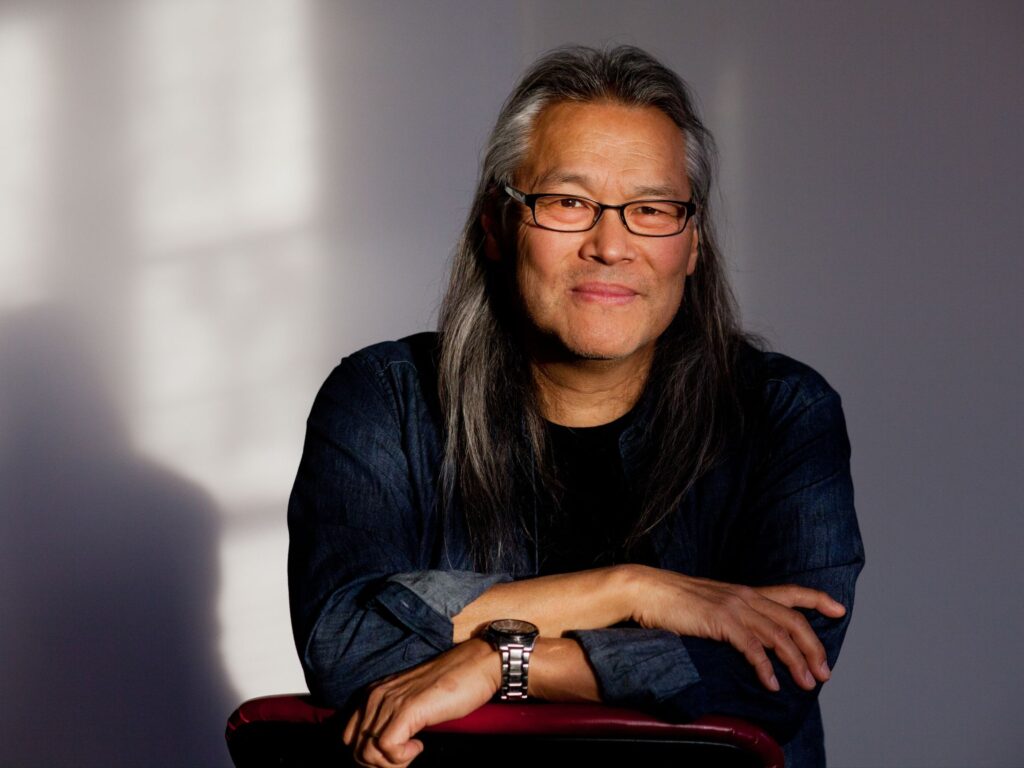
Paul Kitagaki, Jr., has been a photojournalist for over forty years, starting his career in the Bay Area. He has worked at several major newspapers on the West Coast, including the San Francisco Examiner, San Jose Mercury News, the Oregonian, the Seattle Post-Intelligencer, and the Sacramento Bee. He has photographed tragedies and triumphs of the human spirit around the world, documenting the lives of everyday Iraqis living under Saddam Hussein, Mexico City residents digging out of a deadly earthquake, Asian factory workers laboring for pennies to produce high-end athletic shoes for the U.S., international athletes competing for gold at ten different Olympic Games, and including Pulitzer Prize-winning shared coverage of the Loma Prieta earthquake in San Francisco. Kitagaki grew up not far from the site of the Tanforan temporary detention facility, where thousands of Japanese Americans, including his father, were incarcerated during WWII. As Kitagaki was searching through photos at the National Archives in 1984, he found a photo taken by famed documentary photographer Dorothea Lange of his grandparents and father preparing to board a bus in Oakland, California, en route to Tanforan. His ongoing projects about that event include his national traveling exhibition Gambatte!, and his book, Behind Barbed Wire, Searching for Japanese Americans Incarcerated During WWII (2019), which has won an Independent Book Publisher Peacemaker Award gold medal and an International Photography Awards Professional Documentary book award.


